Home>Articles>How High Should The Ceiling Be For A Basketball Court
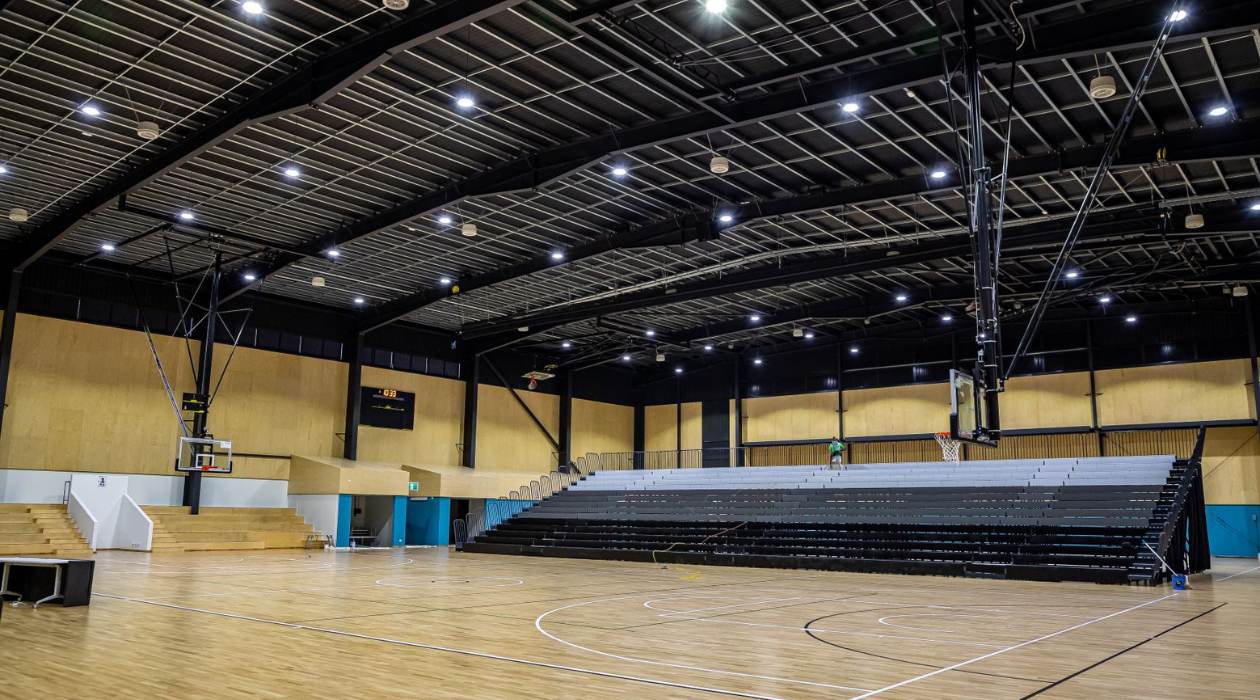

Articles
How High Should The Ceiling Be For A Basketball Court
Modified: August 28, 2024
"Discover the optimal height for basketball court ceilings in our informative articles. Learn about the importance of ceiling height for player safety and performance."
(Many of the links in this article redirect to a specific reviewed product. Your purchase of these products through affiliate links helps to generate commission for Storables.com, at no extra cost. Learn more)
Introduction
Basketball is a fast-paced and dynamic sport that requires precision, agility, and verticality. To accommodate the high-flying actions and acrobatic moves of the players, having the right ceiling height for a basketball court is crucial. A well-designed basketball court with an adequate ceiling height not only enhances the aesthetics but also ensures the safety and optimal performance of the players.
In this article, we will explore the importance of ceiling height for basketball courts and how it can impact the overall gameplay. We will also discuss the standard dimensions of a basketball court, factors influencing ceiling height, benefits and limitations of a high ceiling, recommended ceiling heights for different levels of play, and provide some tips for installing and maintaining a high ceiling for basketball courts.
So, whether you are a basketball enthusiast, a facility manager, or a professional player, read on to discover the significance of a high ceiling and how it can enhance the basketball experience.
Key Takeaways:
- Embracing the heights: A high ceiling for basketball courts enhances safety, performance, and the overall playing experience, creating an exhilarating atmosphere for players and spectators alike.
- Balancing act: Careful consideration of factors like cost, infrastructure, and multi-purpose use is essential when determining the optimal ceiling height for a basketball court, ensuring functionality, safety, and practicality.
Standard Dimensions of a Basketball Court
The dimensions of a basketball court are standardized to ensure consistency and fairness in the game. According to the regulations set by the International Basketball Federation (FIBA), the standard dimensions of a basketball court are as follows:
- Length: The length of the court is 28 meters (92 feet).
- Width: The width of the court is 15 meters (49 feet).
- Free Throw Line Distance: The distance from the baseline to the free throw line is 5.8 meters (19 feet).
- Three-Point Line Distance: The distance from the center of the basket to the three-point line is 6.75 meters (22 feet 1.75 inches) for the international standard and 7.24 meters (23 feet 9 inches) for the NBA standard.
- Key Area: The rectangular area under the basket, commonly known as the key or the paint, has a length of 4.9 meters (16 feet) and a width of 5.8 meters (19 feet).
- Baseline Distance: The distance from the baseline to the backboard is 1.2 meters (4 feet).
These dimensions are essential to maintain consistency in the game, allowing players to adapt to the court’s size and space for efficient gameplay. It is important to note that these dimensions may slightly vary depending on the league or organization, but they generally adhere to the standard set by FIBA.
Factors Influencing Ceiling Height
When determining the ceiling height for a basketball court, several factors come into play. Understanding these factors can help you make informed decisions when designing or renovating a basketball facility. Here are the key factors that influence the ceiling height:
- Player Safety: The primary consideration when determining the ceiling height is the safety of the players. A higher ceiling provides more vertical space, reducing the risk of players colliding with the ceiling during jumps and high-flying actions. It ensures a safe playing environment and minimizes the chances of injuries.
- Air Circulation: Basketball is a physically demanding sport that requires a comfortable playing environment. A higher ceiling allows better air circulation, ensuring good ventilation and reducing heat and humidity build-up. This helps players stay cool and perform at their best.
- Lighting and Acoustics: The ceiling height can also impact lighting and acoustics within the basketball court. A higher ceiling provides ample space for installing proper lighting fixtures that evenly distribute light across the court. It also improves the acoustics by allowing sound to dissipate more naturally, enhancing the overall ambience of the playing area.
- Architectural Constraints: The available space and architectural design of the building can influence the maximum ceiling height achievable. There may be structural elements, such as beams or ventilation systems, that limit the height. It is important to work closely with architects and engineers to determine the optimal ceiling height while considering these constraints.
- League Specifications: Different basketball leagues and organizations may have specific requirements for ceiling height. Professional leagues, such as the NBA, may have higher ceiling height recommendations to accommodate the athleticism and high level of play exhibited by its players. It is important to adhere to the specific guidelines of the league or organization the basketball court will be used for.
Considering these factors will help ensure that the chosen ceiling height optimizes player safety, comfort, lighting, and acoustics, creating an ideal playing environment for basketball enthusiasts.
Benefits of a High Ceiling for Basketball Courts
A high ceiling in a basketball court offers several benefits that contribute to the overall playing experience. Here are the key advantages of having a high ceiling:
- Enhanced Verticality: A high ceiling provides players with a greater vertical space, allowing them to jump higher and perform spectacular dunks, rebounds, and blocks. It creates an exhilarating atmosphere and adds excitement to the game, both for players and spectators.
- Improved Safety: One of the most significant benefits of a high ceiling is the enhanced safety it offers. With more vertical clearance, players are less likely to collide with the ceiling during high jumps, reducing the risk of injuries. This is particularly important for professional players who possess exceptional leaping ability.
- Better Airflow and Ventilation: A high ceiling improves airflow and ventilation within the basketball court. This helps regulate temperature, reduce humidity, and keep the playing area comfortable. Adequate airflow also prevents air stagnation and the buildup of odors, ensuring a fresh and pleasant environment for players and spectators alike.
- Optimal Lighting: Installing lighting fixtures in a high ceiling is easier and more effective in evenly illuminating the court. Proper lighting is essential for visibility and accurate gameplay. With a high ceiling, there is sufficient space to accommodate high-quality lighting systems that minimize shadows and ensure players have clear visibility of the entire court.
- Improved Acoustics: A higher ceiling allows sound to disperse more effectively, resulting in improved acoustics. This reduces echo and reverberations, creating better clarity and enabling players to communicate more efficiently during the game. Additionally, improved acoustics enhance the overall atmosphere and spectator experience within the basketball court.
These benefits collectively contribute to a more enjoyable and engaging basketball experience. Whether it’s the aesthetic appeal, safety considerations, or the overall gameplay atmosphere, a high ceiling adds value to the basketball court and elevates the overall quality of the sport.
The standard height for a basketball court ceiling is 27 feet. However, for professional or college-level courts, the ceiling should be at least 35 feet to accommodate the players’ vertical movements and prevent ball interference.
Limitations of a High Ceiling for Basketball Courts
While a high ceiling in a basketball court offers numerous advantages, it is important to be aware of the limitations that come with it. Consider the following factors when deciding on the ceiling height for a basketball court:
- Cost and Construction: Building or renovating a basketball court with a high ceiling can be more expensive and complex. It may require additional structural modifications, such as reinforcing beams or altering the building’s design, to accommodate the increased ceiling height. These factors can significantly impact the overall project cost and timeline.
- Existing Infrastructure: If the basketball court is located in an existing building, there may be limitations due to the existing infrastructure. It may be challenging to increase the ceiling height without extensive renovations or compromising the building’s structural integrity. Evaluating the feasibility and cost implications is essential before making any changes.
- Use of Space: A high ceiling means the overall volume of the space increases. This can affect the heating, ventilation, and cooling (HVAC) requirements, as well as energy consumption. The larger volume may result in additional costs for climate control systems and energy usage, which should be considered when designing or modifying the space.
- Compatibility with Other Activities: If the basketball court is a multi-purpose facility used for various activities, a high ceiling might not be suitable for all events. Sports like volleyball or badminton may require lower ceilings to ensure the ball stays in play. It is essential to strike a balance between the required ceiling height for basketball and accommodating other sports or activities that may take place in the same space.
- Operational Challenges: A high ceiling can pose operational challenges for maintenance, including cleaning and lighting fixture maintenance. It may require specialized equipment or elevated platforms to access the ceiling for routine maintenance. These additional requirements should be considered in the overall management and operational planning of the basketball facility.
Understanding these limitations will help you make informed decisions when it comes to selecting the optimal ceiling height for a basketball court. Careful consideration of factors such as costs, infrastructure, multi-purpose use, and operational challenges will ensure that you strike the right balance between functionality, safety, and practicality.
Recommended Ceiling Height for Different Levels of Play
The recommended ceiling height for a basketball court can vary depending on the level of play and the governing organization. Here are the general recommendations for ceiling height based on various levels of play:
- Professional Level: Professional leagues, such as the NBA, typically have higher ceiling height requirements to accommodate the athleticism and high-flying actions of the players. The NBA recommends a minimum ceiling height of 27 feet (8.23 meters) above the playing surface.
- College and High School Level: College and high school basketball courts generally have slightly lower ceiling height requirements compared to professional leagues. The National Collegiate Athletic Association (NCAA) recommends a minimum ceiling height of 24 feet (7.32 meters) for college basketball courts. Similarly, the National Federation of State High School Associations (NFHS) suggests a minimum ceiling height of 20 feet (6.1 meters) for high school basketball courts.
- Recreational Level: For recreational basketball courts, the recommended ceiling height can vary. The Amateur Athletic Union (AAU) suggests a minimum clearance of 24 feet (7.32 meters) for their sanctioned events. However, it is essential to check guidelines specific to local recreational leagues or organizations to ensure compliance with their regulations.
It’s important to note that these recommendations are general guidelines, and specific regulations may vary depending on the governing body or organization. Always refer to the guidelines provided by the relevant sports associations or regulatory bodies when determining the appropriate ceiling height for different levels of play.
Tips for Installing and Maintaining a High Ceiling for Basketball Courts
Installing and maintaining a high ceiling for a basketball court requires careful planning and attention to detail. Here are some helpful tips to ensure a successful installation and ongoing maintenance:
- Hire a Professional: It’s recommended to work with experienced architects, engineers, and construction professionals who specialize in sports facilities. They can assess the structural requirements, provide design recommendations, and ensure that the installation meets safety and code regulations.
- Consider Structural Integrity: Installing a high ceiling requires evaluating the structural integrity of the building. Ensure that the ceiling framework, beams, and support structures can handle the increased weight and stress. Engage a structural engineer to conduct a thorough analysis and provide necessary modifications if needed.
- Optimize Lighting Design: Proper lighting is critical for a basketball court. Choose lighting fixtures that provide adequate illumination with minimal glare or shadows. Position the fixtures strategically to ensure even distribution of light across the playing surface. Regularly inspect and maintain the lighting system to ensure optimal performance.
- Maintain Ventilation and Airflow: A high ceiling helps facilitate better air circulation and ventilation within the basketball court. Ensure that the HVAC system is appropriately designed to cater to the increased space volume. Regularly clean and maintain the ventilation system to ensure proper airflow, minimize dust accumulation, and maintain a comfortable playing environment.
- Implement Safety Measures: Install safety padding or cushioning on the walls and ceiling beams to reduce the risk of injuries during collisions. Ensure that the padding is durable, properly affixed, and regularly inspected for any signs of wear or damage. Regularly check for loose screws, bolts, or other potential hazards and address them promptly.
- Regular Cleaning and Maintenance: Regularly clean the high ceiling to remove dust, dirt, and debris. Use appropriate cleaning equipment and techniques to access and clean hard-to-reach areas. Inspect the ceiling for any signs of cracks, leaks, or damage, and address them promptly to prevent further deterioration.
- Address Acoustic Considerations: A high ceiling can impact acoustics within the basketball court. Install acoustic panels or sound-diffusing materials to improve sound quality and minimize echoes or reverberations. Regularly inspect and maintain these materials to ensure optimal acoustic performance.
- Document and Follow Operational Procedures: Establish clear operational procedures for the basketball court with a high ceiling. Document maintenance schedules, cleaning routines, and safety protocols. Train staff or facility management teams on these procedures to ensure consistent and effective maintenance practices.
By following these tips, you can ensure the successful installation and ongoing maintenance of a high ceiling for your basketball court. Regular inspection, cleaning, and addressing maintenance issues promptly will help preserve the integrity and safety of the facility, providing an optimal playing environment for years to come.
Conclusion
Choosing the right ceiling height for a basketball court is a crucial consideration that impacts not only the aesthetics but also the safety and performance of players. A high ceiling offers numerous advantages, such as enhanced verticality, improved safety, better airflow and ventilation, optimal lighting, and improved acoustics. These benefits contribute to a more enjoyable and engaging basketball experience for both players and spectators.
However, it is important to carefully consider the limitations and factors that influence ceiling height, such as cost, existing infrastructure, multi-purpose use, and operational challenges. Balancing these factors ensures practicality, functionality, and safety in the design and maintenance of a basketball court.
Following the recommended ceiling height for different levels of play, such as professional, college, or recreational, ensures compliance with the respective governing bodies’ regulations. Working with professionals during installation and maintenance, optimizing lighting design, ensuring proper ventilation, and implementing safety measures are crucial steps in creating a successful basketball court with a high ceiling.
Regular cleaning, maintenance, and addressing any structural or safety issues promptly contribute to the longevity and optimal performance of the basketball facility. By taking these measures, you can create a safe and visually appealing space that enhances the overall basketball experience.
Whether it’s a professional arena, a college gymnasium, or a recreational facility, a well-designed basketball court with a high ceiling provides the perfect stage for basketball players to showcase their skills, entertain spectators, and create unforgettable moments on the court.
Frequently Asked Questions about How High Should The Ceiling Be For A Basketball Court
Was this page helpful?
At Storables.com, we guarantee accurate and reliable information. Our content, validated by Expert Board Contributors, is crafted following stringent Editorial Policies. We're committed to providing you with well-researched, expert-backed insights for all your informational needs.
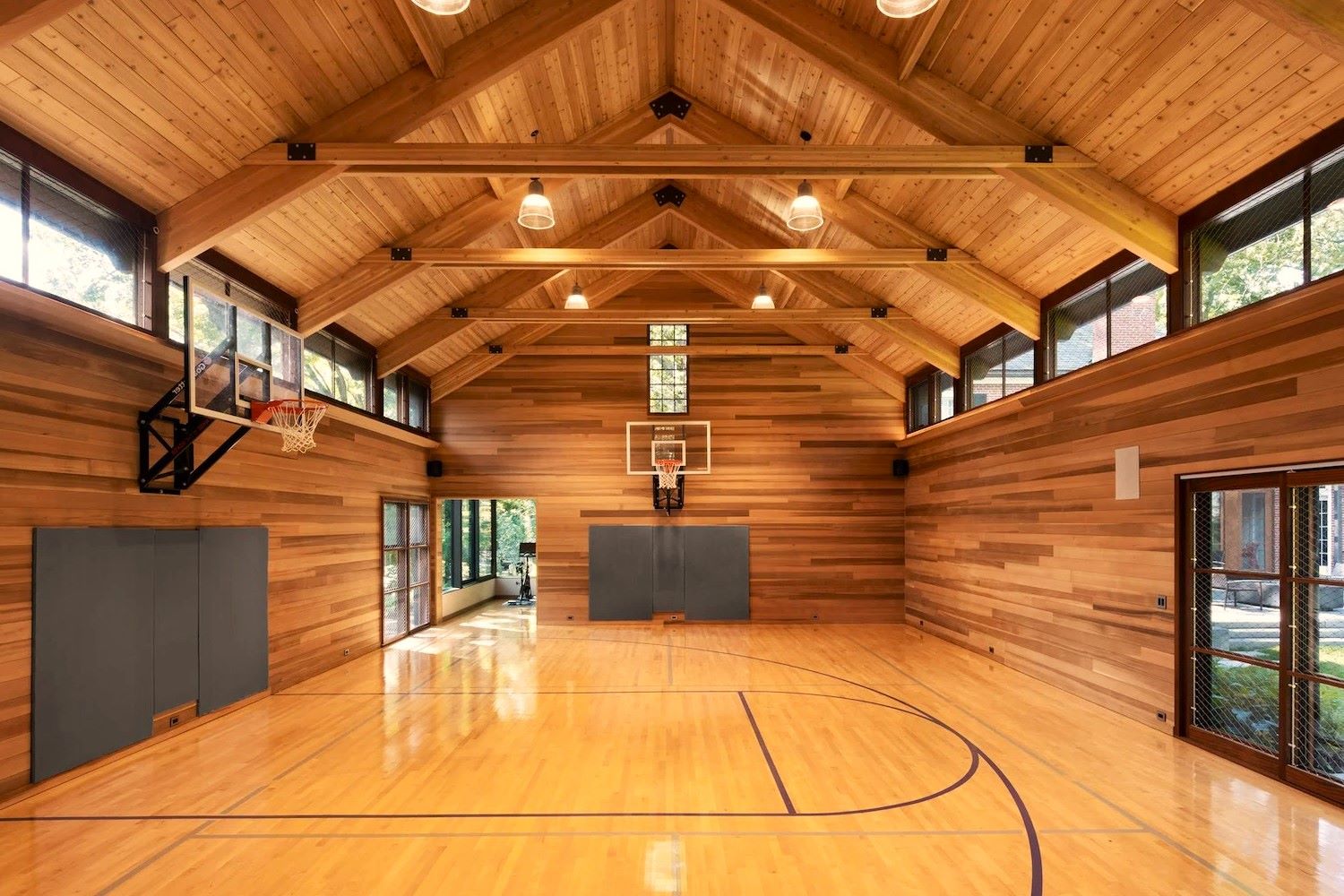
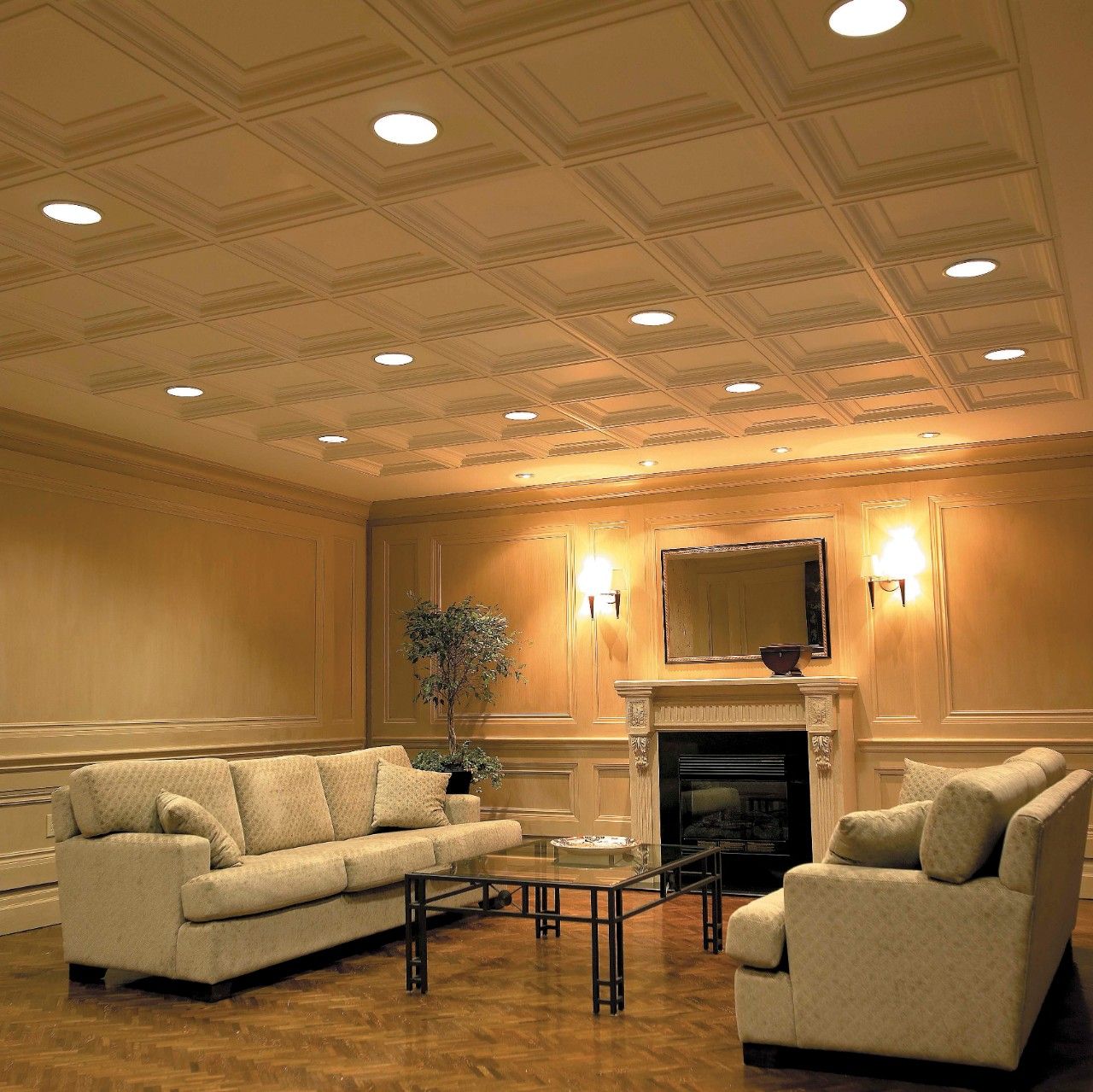
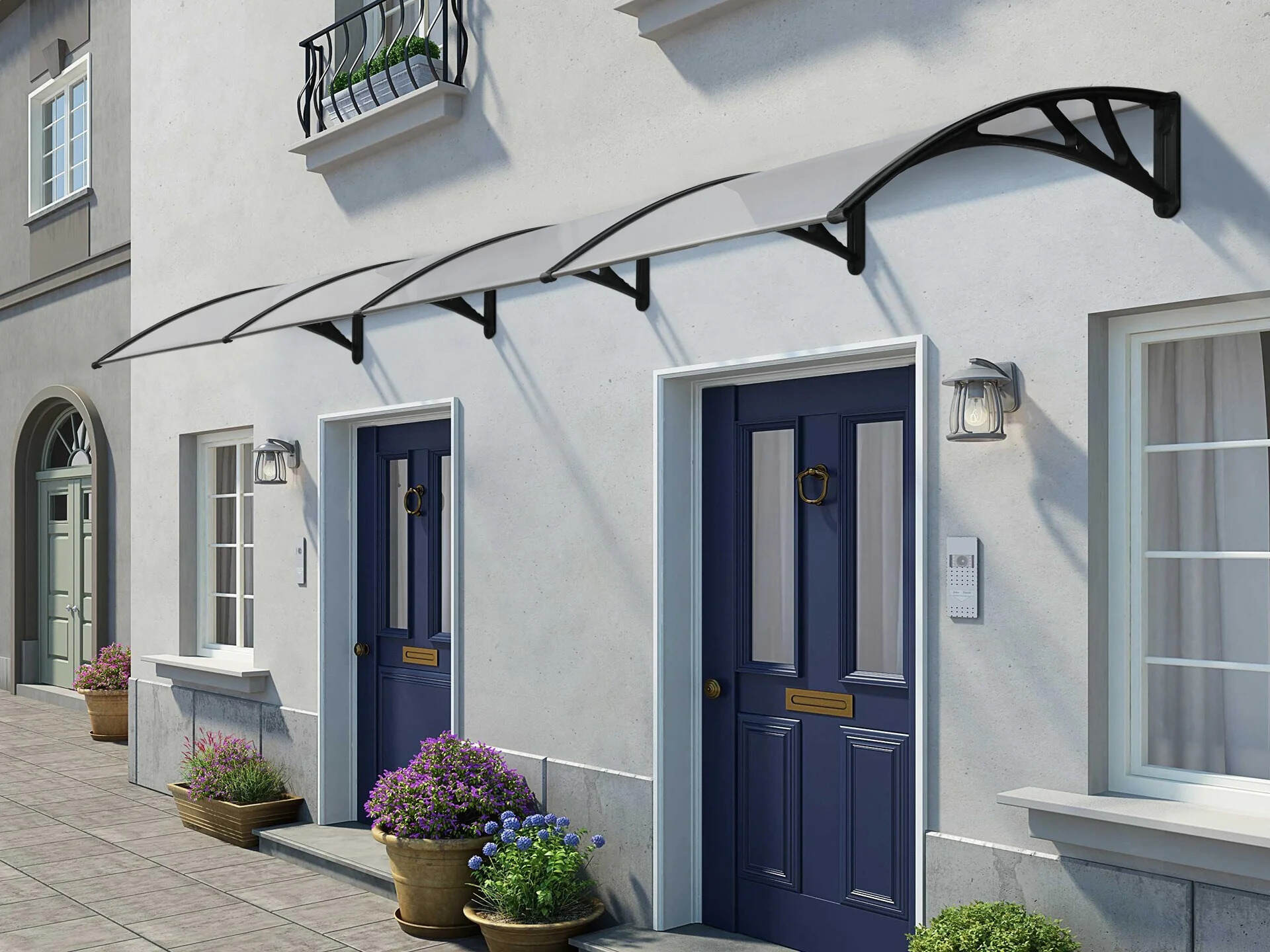

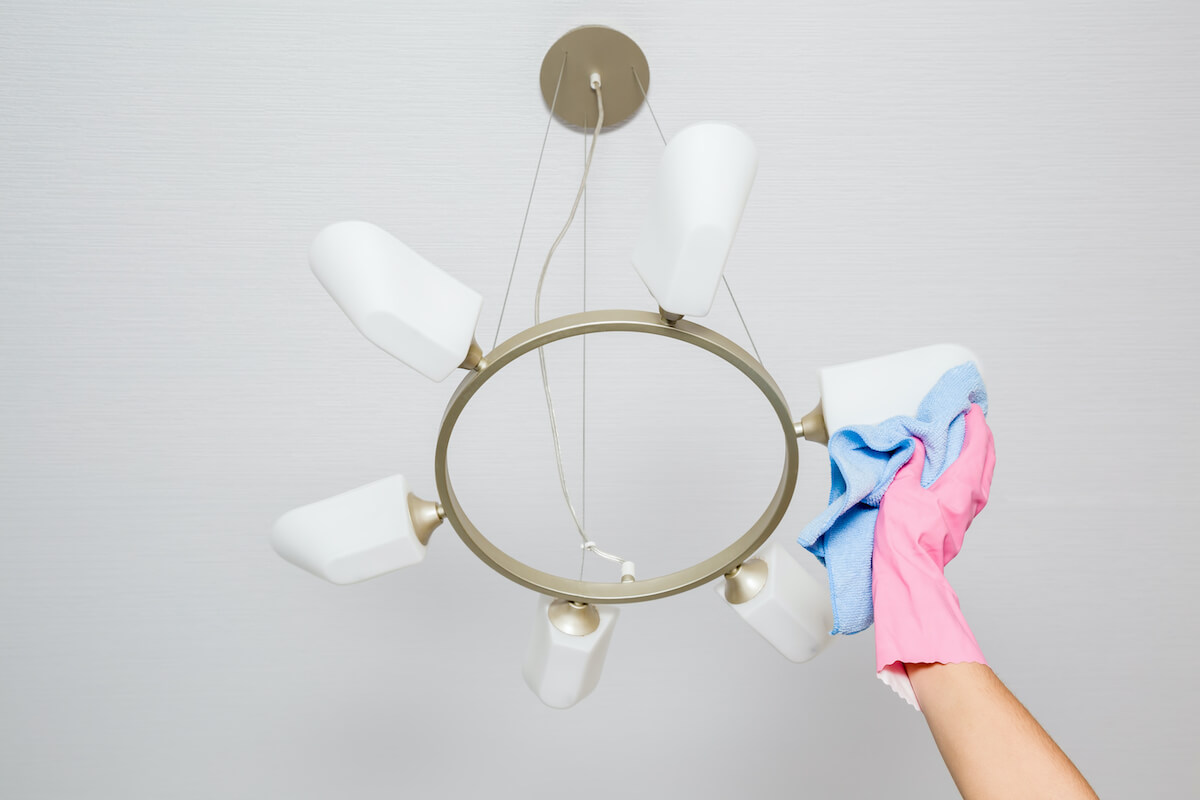
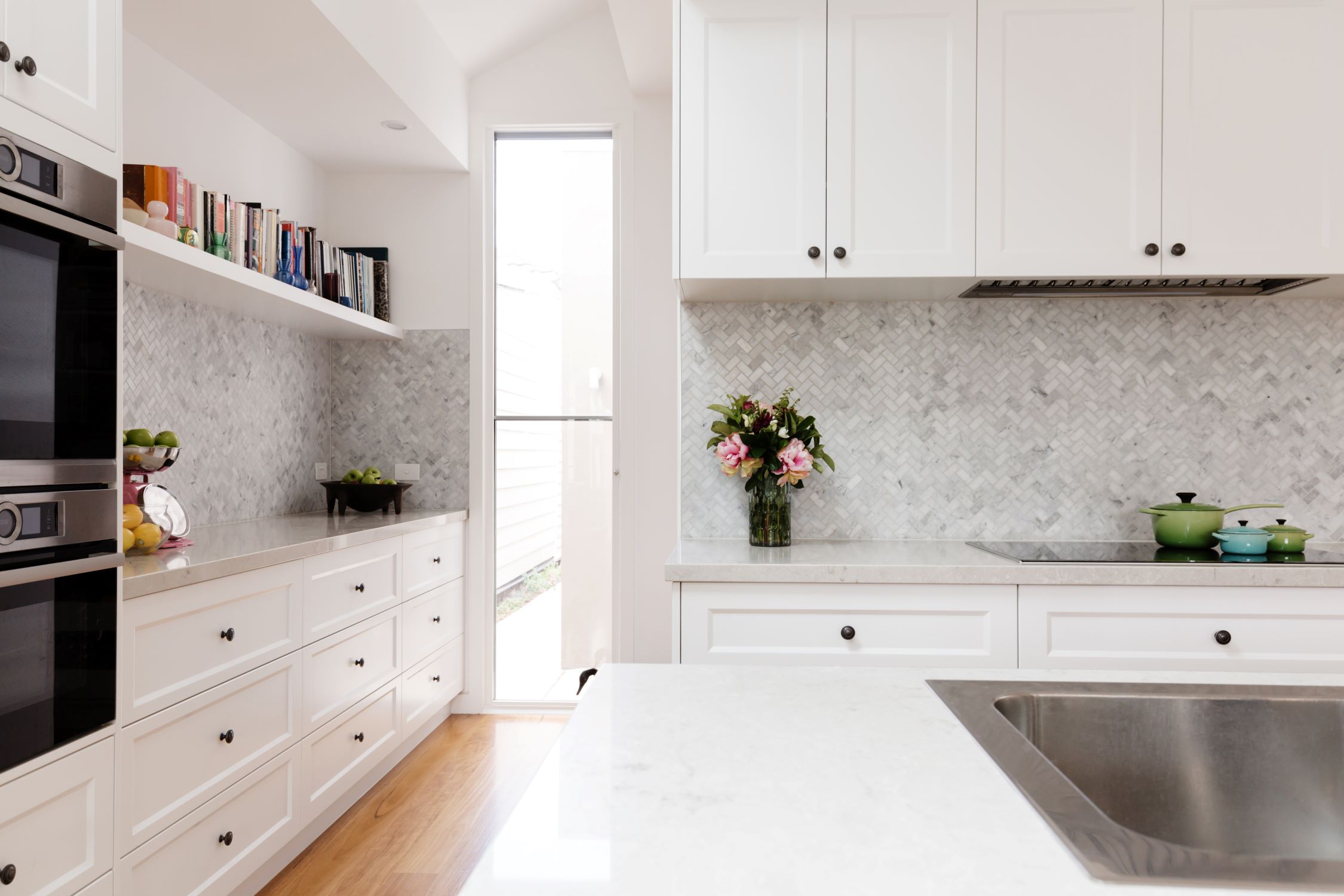
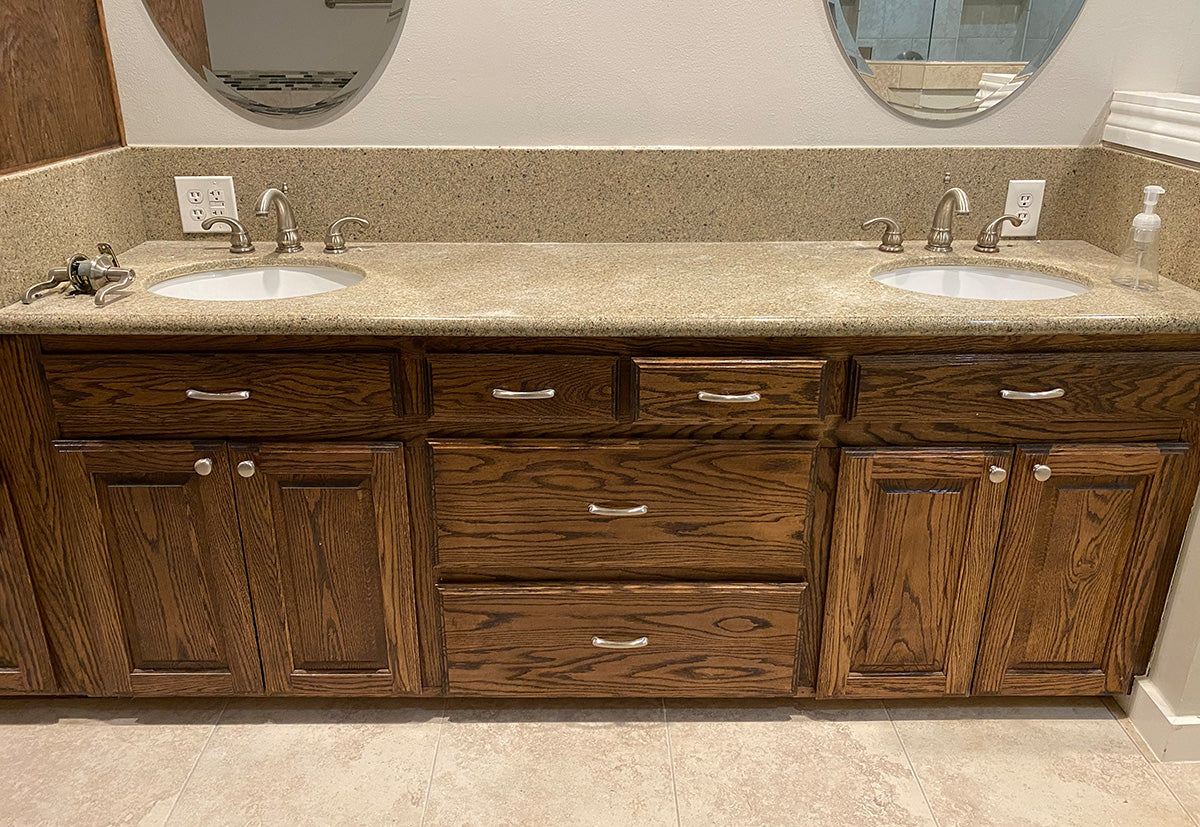
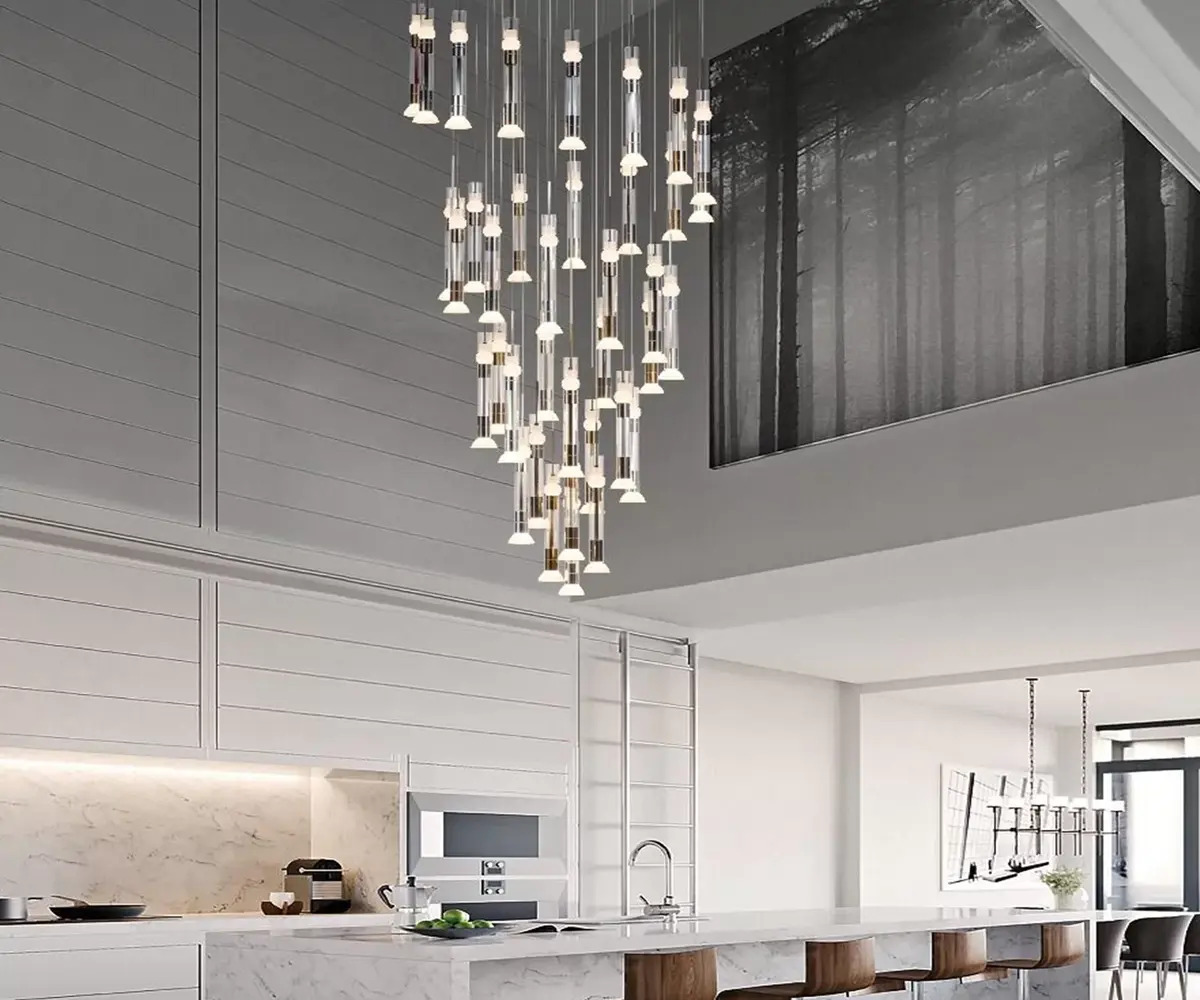
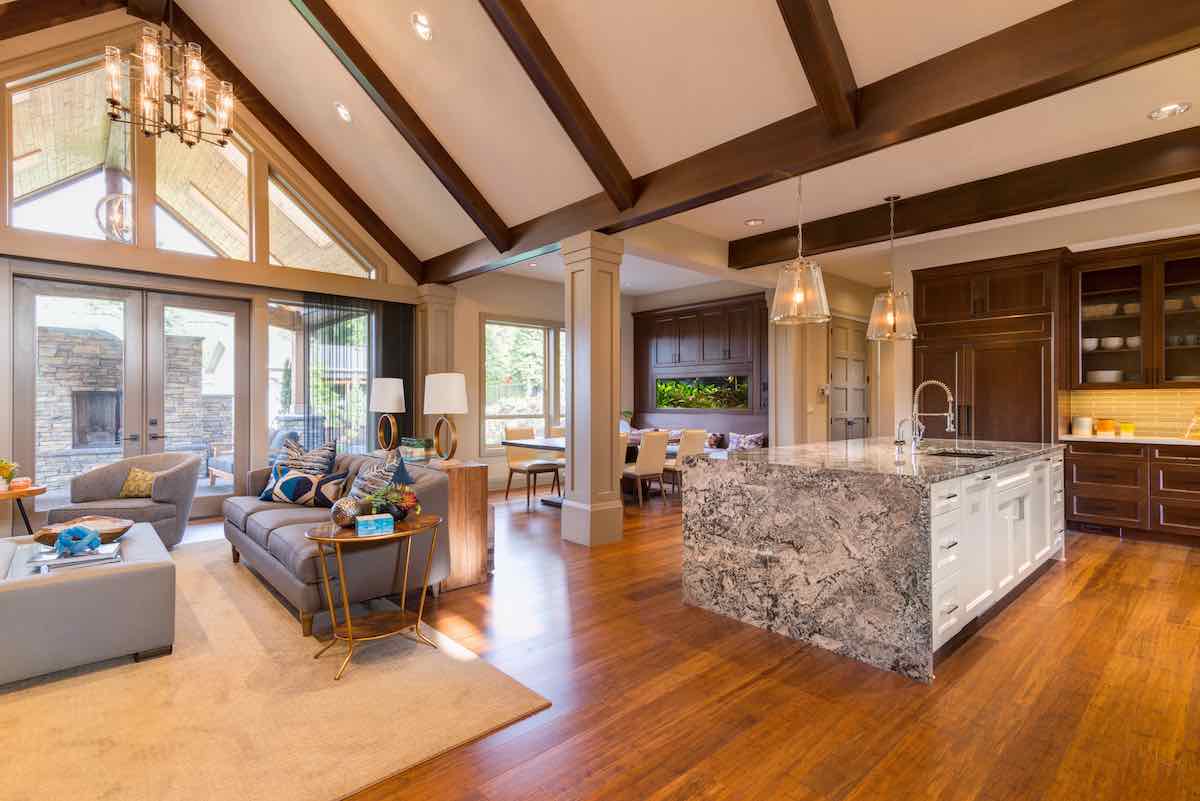

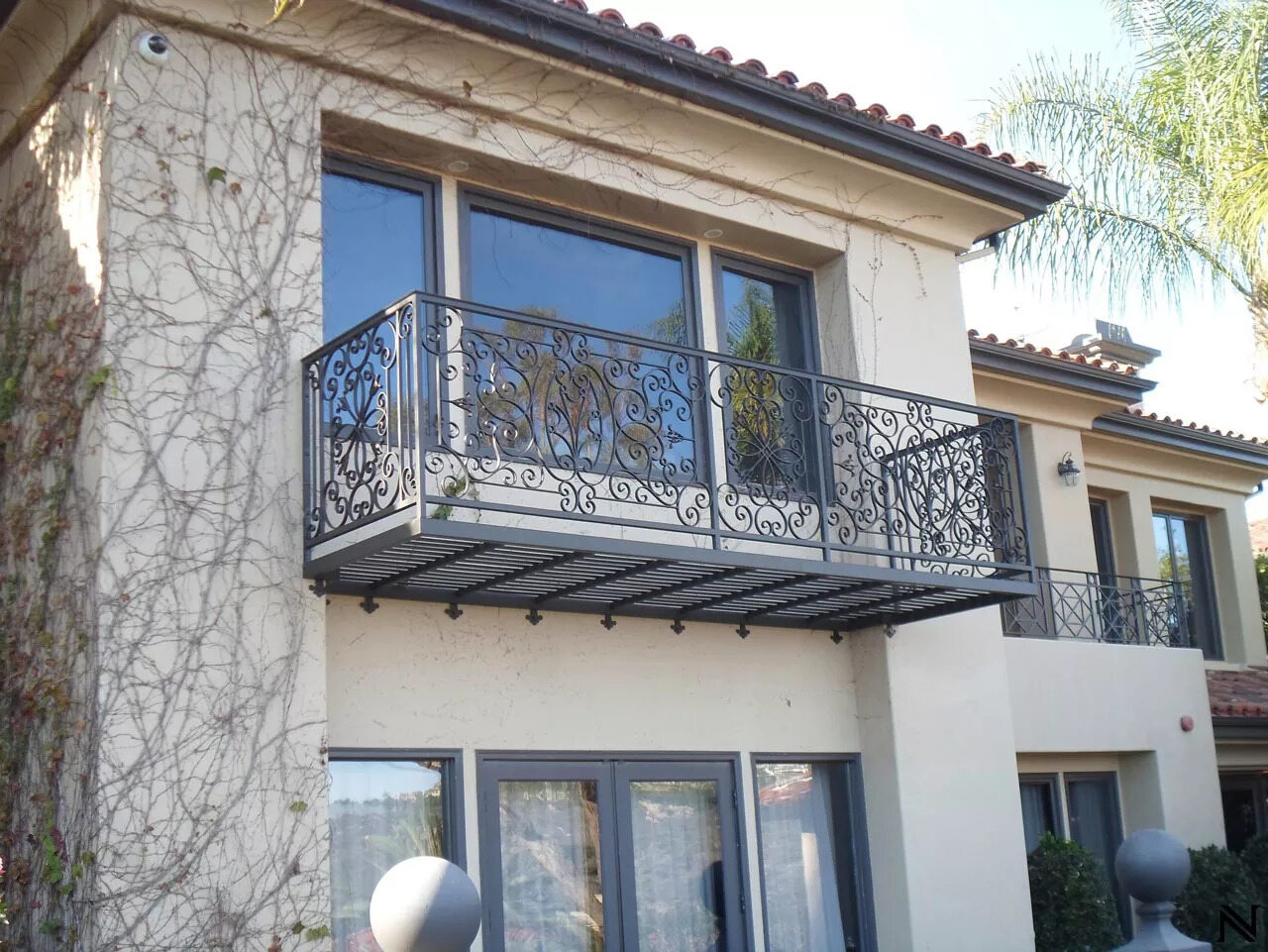


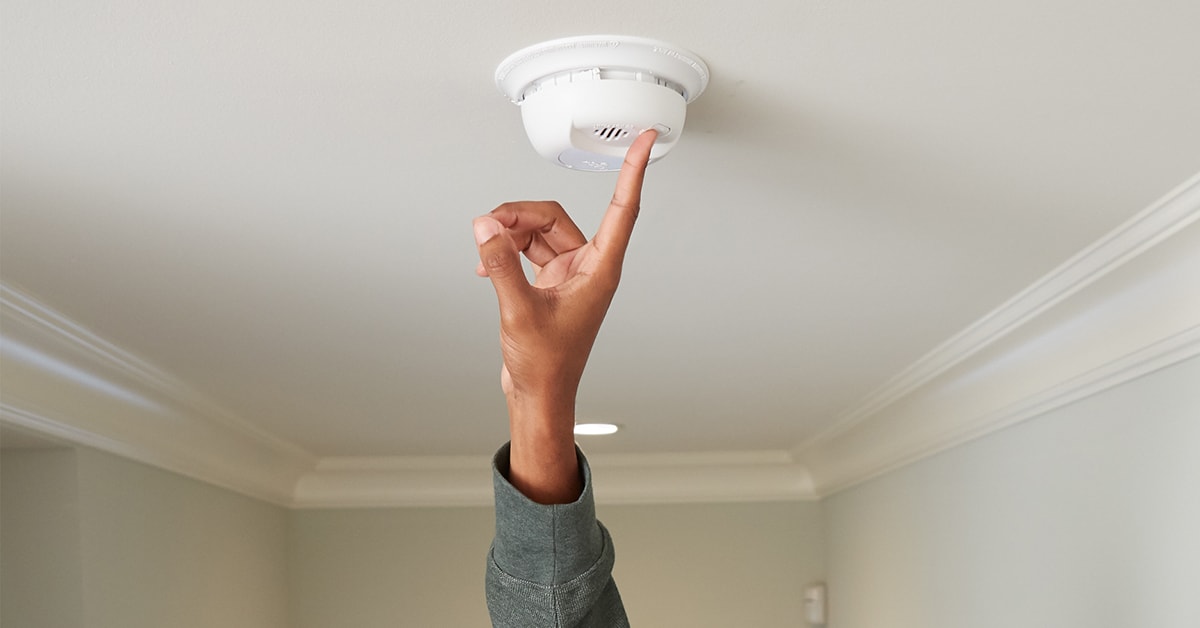

0 thoughts on “How High Should The Ceiling Be For A Basketball Court”